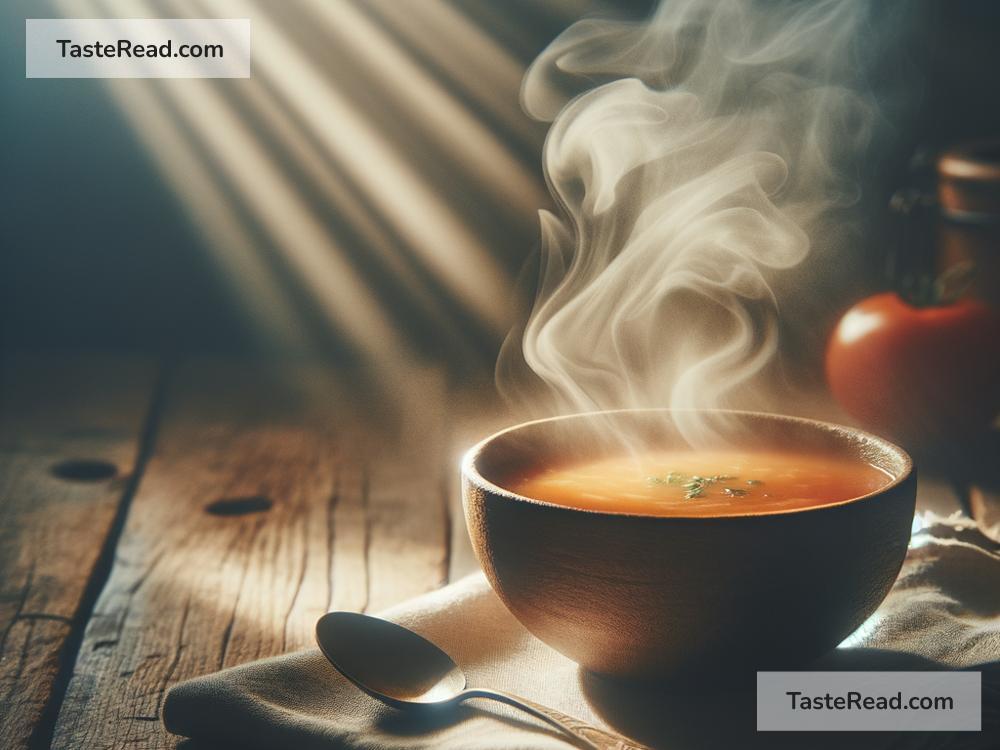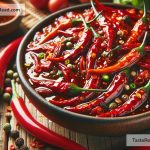Capturing the warmth and steam of hot dishes in photographs is like bottling up coziness to share with the world. Whether you’re a food blogger, a chef, or just someone who loves to document their culinary adventures on social media, showcasing steaming dishes can make your images stand out and almost let your viewers smell and taste through their screens. Here’s how to photograph steaming hot dishes to envelop your audience in a sense of warmth and comfort.
1. Lighting is Key
Good lighting is crucial in food photography, but when it comes to capturing steam, it becomes even more important. Natural light is your best ally. Position your dish near a window where plenty of natural light is coming through, but avoid direct sunlight as it can be too harsh. The ideal setup is to have the light coming from the side or behind the dish, which will help illuminate the steam and give your photo a soft, natural look.
2. Timing is Everything
Steam waits for no one. The moment a dish comes out of the oven or off the stove, it starts to cool down, and the steam begins to vanish. Have your camera set up and ready to go before your food is ready. Do a few test shots with an empty plate to make sure your lighting and composition are how you want them. That way, when your steaming dish is ready, you can start snapping pictures right away to capture the most steam.
3. Use a Dark Background
Steam is shy and subtle. To make it stand out, contrast is your friend. Using a dark background can provide the necessary contrast to highlight the steam coming off your hot dish. This doesn’t mean you need to paint your walls dark; a simple dark tablecloth, sheet, or board placed behind or beneath the dish can work wonders.
4. Play With Angles
The angle at which you photograph your dish can greatly affect how the steam looks. Sometimes, shooting at eye level allows you to capture the steam rising beautifully against the dark background. Other times, an overhead shot might work better, especially for dishes where the steam gathers interestingly on the surface. Don’t be afraid to move around and try different angles to find what showcases the steam and the dish in the best light.
5. Create More Steam
If your dish isn’t steaming as much as you’d like, or if it stopped steaming by the time you’re ready to shoot, don’t fret! You can create more steam. One trick is to reheat the food quickly (make sure not to overcook it) right before shooting. Another is to carefully apply heat to a small area of the dish with a cooking blow torch or by pouring a little boiling water onto a piece of the dish that is less visible in the photo. Be careful with these techniques; the goal is to create steam, not to change the dish’s taste or texture significantly.
6. Focus on the Food
While the steam is the star of the show, don’t forget that the dish itself should look appetizing. Ensure your food is well-presented, and use garnishes or props that complement the dish without distracting from it. Your focus (both metaphorically and literally, with your camera settings) should be on the point of the dish that looks the best, which might be the whole thing or just a specific part. The steam will add to the atmosphere, but a well-composed and focused shot of the dish will make the photo truly mouth-watering.
7. Post-processing
Sometimes, despite your best efforts, the steam doesn’t stand out as much as you’d hoped in the final picture. This is where post-processing comes in. You can use photo editing software to slightly enhance the contrast and brightness of the steam without making it look unnatural. Be careful not to overdo it; subtle changes are usually enough to make the steam pop.
Capturing the perfect shot of a steaming hot dish can take practice, but it’s worth the effort. Not only do these photos look amazing, but they also tell a story of warmth, comfort, and deliciousness. So, the next time you’re serving up something hot, grab your camera and start experimenting. With these tips in mind, you’re well on your way to snapping that perfect, steamy shot that will make everyone’s mouth water.


